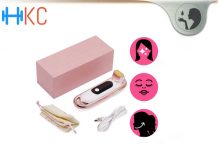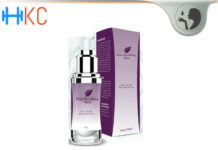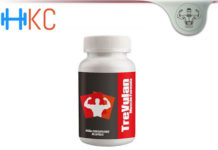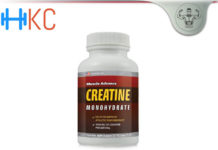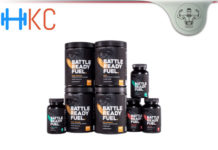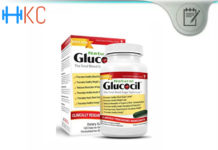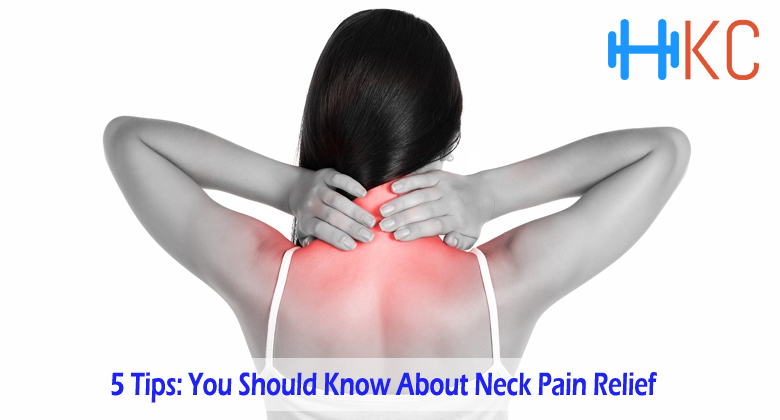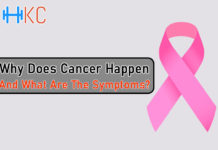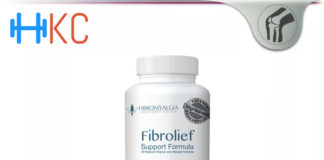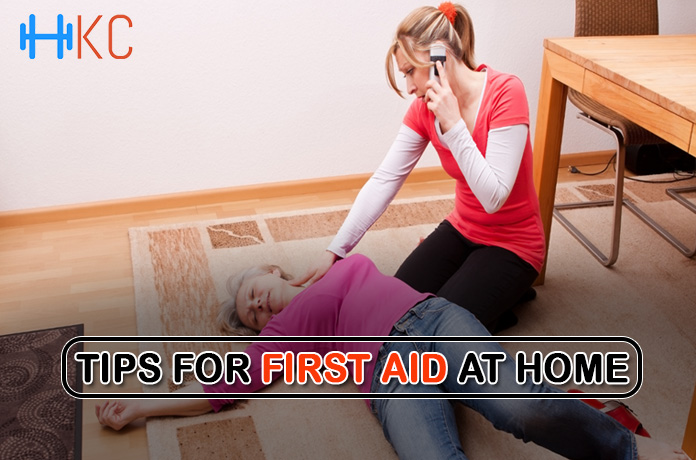
Even if you don’t have a medical background, you can still provide First Aid for minor injuries at home with just a bit of knowledge and preparation. Knowing what to do in an emergency and having the right supplies on hand are important factors in providing effective First Aid at home. Whether you live alone or with family members, getting a First Aid Kit together and coming up with a plan of action can help you manage minor injuries. Preparing yourself ahead of time can also help reduce your stress level, and increase your confidence when handling a medical incident.
Here are some tips for safe First Aid at home to give you peace of mind if ever confronted with a medical emergency within your own house.
Keep a well-stocked First Aid Kit in your home.
The first thing to have in your house is a fully stocked First Aid Kit. This is the best way to ensure that you have the supplies you need in an emergency. A good Kit will have bandages, antiseptic wipes, ointment, gauze pads, scissors, splints, adhesive tape, safety pins, etc. You can also include prescription medications like EpiPens or inhalers.
A list of medical conditions for the people in your house (like allergies or epilepsy) can also be useful information to have – both for your own reference and for any emergency services personnel should they be required. It is a good rule of thumb to check your First Aid supplies every six months (give or take) and replace anything that’s out of date.
Taking the time to keep your First Aid Kit well stocked will ensure that you have the right supplies on hand at home. Keeping a First Aid Kit in the car is another way to ensure that there is a stock of supplies close to hand during an emergency.
Install carbon monoxide and fire detectors
Installing carbon monoxide and fire detectors. Carbon monoxide (CO) is dangerous because it is a colorless, odorless gas that can be deadly if inhaled.CO detectors can be installed on every level of the home. It’s also wise to install CO detectors in any room with a gas stove or fireplace and near any indoor heating systems. For homes without a central heating system, such as those that use electric heaters or oil-burning furnaces, installing CO detectors in every room where these appliances are used is recommended. Fire detectors are another important safety device needed in the home. As it gives time to leave the house before the flames and smoke spread enough to harm or kill the occupants. Smoke alarms should be installed on each floor of your home with an interconnected system that notifies all areas of the house if one alarm goes off. That will give you time to evacuate everyone in the house.
Familiarise yourself with nearby medical facilities
It is good to know what the closest medical centers are to you and the fastest and safest way to get there. Knowing how long it will take to drive there and how they can help you decide whether or not you have time to call them before providing First Aid. It is also good to know the nearest medical facility in your area equipped with a specific type of treatment that you may need, such as a specialist for a medical condition you or anyone in your house may have. At worst, if you need professional medical attention. Calling (000) for help is the best way to get treated fast if you can’t bring yourself to a medical facility for whatever reason – or if the need for medical care is urgent.
If your emergency contact is close-by, it’s also very handy to have them on hand at the hospital with you, to handle any relevant medical documents, and to help speed things along.
Learn basic First Aid techniques and practices
Knowing basic First Aid techniques and practices is essential for providing effective care for injuries, just as much as having a First Aid Kit in your home. Learning First Aid skills like bandaging, CPR, and seizure management is best learned in with a proper RTO from qualified trainers. Taking a certified First Aid course is the best way to make sure you learn the skills you need. Many training organisations like First Aid Course Experts and First Aid Pro run across the country – from Fremantle to Maroochydore – with training venues in all capital cities and many regional centers. So no matter where you’re based, you can get training in First Aid to prepare you for an emergency in your home.
After all, there’s only so much you can learn from one short article.
Provide initial care while waiting for professional help
In a medical emergency, your priority should be providing appropriate care until professional help can arrive. This can include stopping bleeding and addressing a person’s other injuries with the supplies you have in your First Aid Kit.
If someone has sustained a head injury, it is vital to protect them from further harm by not moving them if it’s at all possible – to prevent further, possibly more serious injury. You should also check their airway and breathing before moving on to other tasks such as checking, cleaning and dressing their wounds.
If they’re unconscious, it’s important to put them in the recovery position and keep checking their breathing. If they stop breathing, you need to start CPR and call (000) for emergency services.
Check for a response.
The first step in providing First Aid is to assess the situation. Once you’ve evaluated the case, you can follow these three steps.
First, check for responsiveness. If the person doesn’t respond when spoken to, tap them on the shoulder or wave a hand in front of their face to see if they react. If they don’t react, call (000) for help immediately. The second thing to check for is their breathing and circulation.
If they are responsive but not breathing or aren’t breathing normally, it’s time to start CPR – thing includes two rescue breaths followed by thirty chest compressions, repeating until medical help arrives.
If the person is alert and not in immediate danger, at that point you can clean any wounds with mild soap and water. Clean any dirt or debris from the injury, then apply a bandage or cover it with gauze.
Apply control measures to prevent any further bleeding
There are many steps you can take to control bleeding. One way is to apply pressure to the wound using a bandage or clean cloth of some sort (or even a piece of torn clothing). If the bleeding is severe, you may need to elevate the wound. This prevents blood from pooling at the wound site and helps reduce swelling. Elevating wounds also slows down blood flow and makes clotting agents in the body more effective. If there is no way to access clean material (such as on a bushwalk) you can use dirt or mud as a last resort to help stop the bleeding of a deep cut or an animal bite. The clotting agents in the ground can help form a natural seal around wounds that stops bleeding and protects against infection until medical assistance arrives. However, you should be aware that the risk of infection from this method is very high.
If the bleeding continues for more than 10 minutes, call (000) or go to the nearest medical facility for further care.
Treat minor cuts and burns with pressure bandages.
Minor cuts and lacerations can be treated by applying pressure bandages. Take a clean cloth and place it over the wound. Press down so that you are applying firm pressure to the injury. You can even use your hands to hold the cloth in place if no one is available to help you. This will stop the bleeding, which will prevent any further damage and keep dirt out of the wound. If there is dirt in the injury, you need to wash it off before applying any kind of bandage.
When it comes to burns, ideally the burn should first be immersed in cool, running water for 10-20 minutes. After that, having something like cling wrap and wrapping it around the injured limb before putting on a pressure bandage can help with swelling or bleeding of an injury.
For cuts and burns, keep in mind that you should avoid using any dirty objects that could contaminate the wound. Most minor scratches should stop bleeding after 10 minutes. If they don’t stop bleeding after 15 minutes, be sure to seek medical attention as soon as possible by calling (000).
Bottom Line
You never know what might happen in your home, and when there might be a medical emergency. That’s why it’s important to have a well-stocked First Aid Kit, fire and CO detectors, and the knowledge of where to seek professional help. But these are all just things that can help you prepare in small ways. The best way to know what to do in a First Aid situation is to learn from a professional trainer – getting a qualification in the process. Jump online for a quick search and you’ll find that whether you’re in Hobart, Darwin, Perth, or the Sunshine Coast, you can find First Aid training close to hand.




